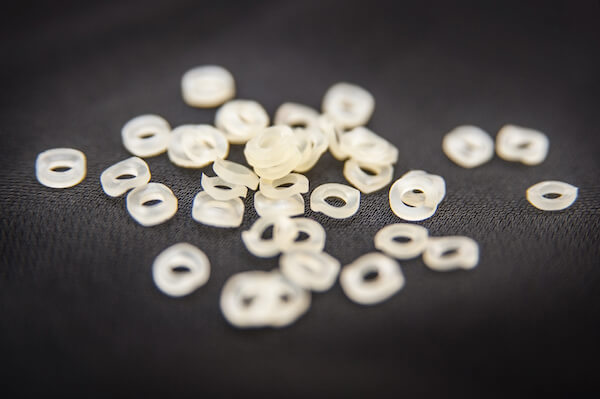The Importance of Keeping your Scheduled Appointments

When you opt for metal, ceramic, or lingual braces, you make a commitment to straightening your teeth. Part of that commitment is regular appointments with your orthodontist, and in most cases, this means that you will be seeing Dr. Valderrama every few weeks for a brief appointment. Many patients wonder why are those appointments so important, and we always say that there are many reasons — read more about them below.
Making the Movement
While the braces themselves are vital to teeth straightening, they’ll only work effectively if you have them adjusted as needed. Every six to eight weeks, Dr. Valderrama will make small but crucial adjustments that tighten the braces. While you’ll notice a sensation of tightness for a day or two after each appointment, it’s rare for patients to have serious pain or discomfort. You’ll grow accustomed to the sensation and it will become routine very quickly. With every appointment, your teeth are shifted into a better position. Over time — usually anywhere from a year to two years, depending on your particular situation — your teeth can be moved into the optimal position if you’ve had those appointments. If you miss appointments here and there — even if it’s just a few appointments over the course of a year — that can mean that your teeth won’t move into the right position. This, in turn, means that you’ll likely have to wear braces longer than you had planned to get the desired results. At Valderrama Orthodontics, we always send reminders before your scheduled appointments — and it’s a wise idea to make note of your appointments on your personal calendar as well.
Identifying Issues
While most patients enjoy a relatively problem free braces experience, there are always potential issues that may develop. Problems like loose wires or brackets or even broken brackets can mean big issues for your braces and for your smile in the long term. If you stick to your scheduled appointments at Valderrama Orthodontics, Dr. Valderrama can identify these types of problems before they have a chance to cause serious damage. Loose wires can cause tearing or even ulcerations in your delicate mouth tissues and loose brackets or wires can mean that your teeth aren’t in the position needed to achieve the correction you want. You’ll never have to worry about these issues when you’re seeing the orthodontist on your regularly scheduled appointments.
Adjusting the Teeth Straightening Plan as Needed
While Dr. Valderrama will usually be able to give you a general idea of how long your teeth straightening will take, it’s important to realize that this timeline is just an estimate. Many different individual factors may play into your braces timeline, which means it can be very difficult to be precise about how long you’ll wear braces in total. As you come in for each scheduled appointment, Dr. Valderrama can adjust the teeth straightening timelines as needed — and this might sometimes mean that you’ll get the good news that you won’t need braces quite as long as you had previously thought! Of course, a big part of this is your own behavior. You’ll need to strictly follow the guidelines that you’re given for braces care to make certain that you’re getting the most out of your straightening time.
Seeking a Reliable Orthodontist For Your Child or Yourself?
The team at Valderrama Orthodontics specializes in orthodontic care including metal braces, ceramic braces, clear braces, lingual braces, clear aligners, retainers, mouth guards, and much more. Patients of all ages from children to adults can get a straighter and healthier smile with the help of Dr. Valderrama and the Valderrama Orthodontics team.
The focus is always on patient comfort and convenience. Our cozy office, compassionate staff, and special after-school program are some of the many things that help Valderrama Orthodontics patients feel welcome. We want to help you get the straight teeth that you have always dreamed of — and it might be easier than you had imagined thanks to all of the teeth straightening options available today. Contact us anytime to arrange a visit!



Let's Get Social